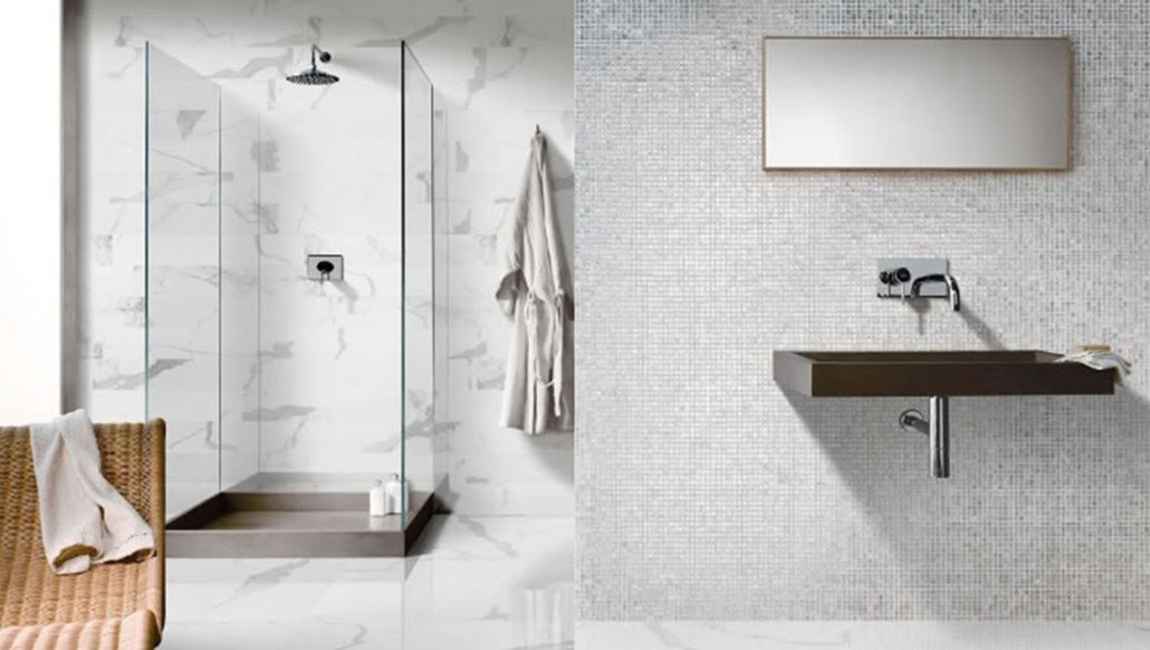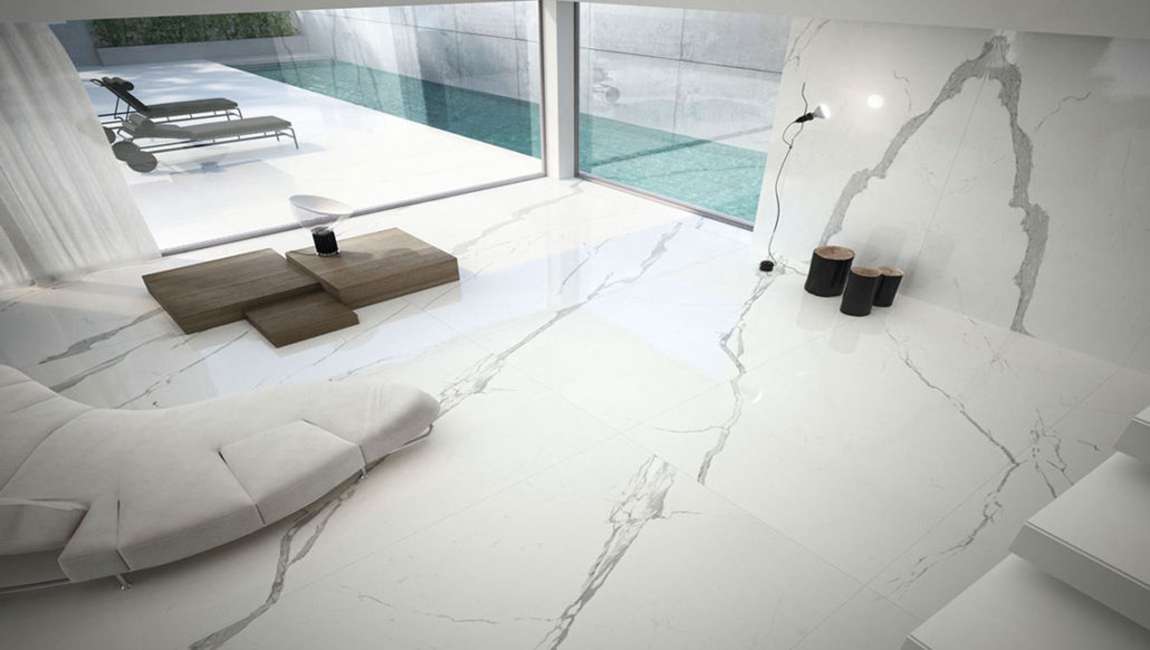How to Applying the Stain on Your Tiles?
Whether you have just moved into a new house with outdated tile designs and colours, or you just want to change the ambience of a room, staining tiles is a good alternative to removing and replacing them. However, this can be a pretty big job so you need to be prepared to set aside a lot of time for the whole process to be completed. Follow these steps to successfully stain your ceramic tiles and give your home a new look.
Sand the primed home tiles lightly. For good measure, it is recommended to lightly sand the floor tiles after both coats of the primer are dry. Again this will give your tiles a nice and smooth finish, as well as help the longevity of the stain.
Coat your tiles with your chosen stain or paint colour. Apply the stain evenly on the wood tiles surface using a clean roller brush. Do the same up and down motion as when you applied the primer and also work in small sections. For the finishing strokes, work in one direction from top to bottom to smooth out the surface.
Let the stain dry for at least 6 hours before applying the next coat. You can also do some light sanding in between coats. Use an oil-based or latex stain that contains urethane resin, which is an adhesive that sticks to ceramic surfaces very well. Allow some time between 24 to 48 hours for the stain to fully dry before moving on to the last few steps.
Remove dust and dirt. Once the stain is dry, take a cloth and wipe off any accumulated dust or dirt on the surface of the garden tiles. This will allow you to closely inspect the stain and make sure that you are satisfied with the work that you have done before applying a finishing coat.
Apply polyurethane coat to your tiles. This will protect your newly stained wall tiles and prevent them from getting chipped. Apply only the recommended amount by the product manufacturer to avoid over coating. Wait at least 4 hours in between coats.











